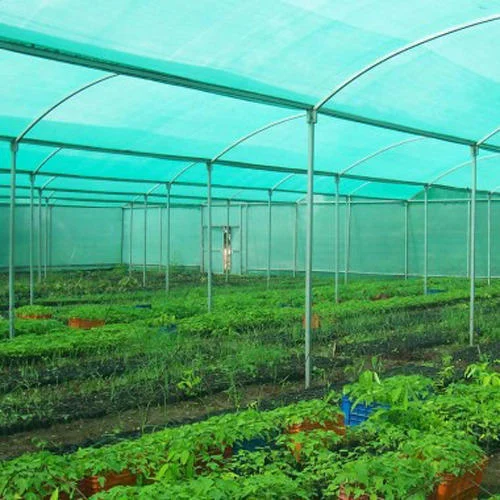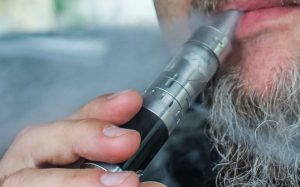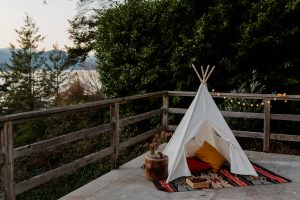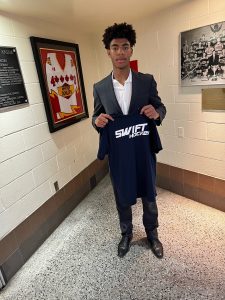Get the Some Shade This Summer

Using sails to cover areas of the great British outdoors is a now growing trend, from nursery schools to nature reserves, cafes to car parks the requirements run on. The importance of learning outside the classroom and access to all year round outdoor play has also lead to an increase in the canopy market. Often these needs are met and arguably sometimes better served with steel and polycarbonate type structures however shade cloth fabric has a large part to play in canopy design and construction often offering more flexible design and great looking fabrics structures at often less money.
In addition we are more knowledgeable than ever before about skin cancer and its causes, children are most at risk from the sun’s harmful UV rays therefore shade provision for children is vital. There are around 10,500 cases of melanoma diagnosed each year; the number of cases had almost tripled since the early 1980’s. Over 2,300 people die from skin cancer each year in the UK. In fact there are more skin cancer deaths in the UK than Australia, even though Australia has more cases of the disease. A single case of sun burn for a young person can have dire consequence later on in life. Proving areas of shade is essential for all schools.
Originally shade fabric, like all fabrics in the outdoors, suffered from UV degradation. UV inhibitors are now added during the manufacture of shade cloth and good shade cloth now generally comes with a multi-year UV degradation warranties. Shade cloth is a knitted fabric and this is an important factor in using it to design and manufacture Shade sails. Successful shade sail design uses the inherent “stretch” of the knitted fabric to create three dimensional shapes. Fabrics other than shade cloth are used to make sails such as PVC, a more expensive alternative, or canvas variations. The low cost of shade cloth and its ability to breathe makes it a prime choice for “cool shade”.
A good shade sail design means efficient manufacture, straightforward installation and ultimately, good value. We are always focused on the design of your Shade sail, making sure it has the right shape, is supported appropriately, and is therefore the best solution overall. When properly tensioned, Shade sail will not wrinkle, sag or flap in the wind. Sails that are not properly tensioned end up holding water, hanging limp and becoming unstable in heavy winds. They work best when they are under enough tension to give curvature, are not a level plane and are ‘twisted’ for stability.







